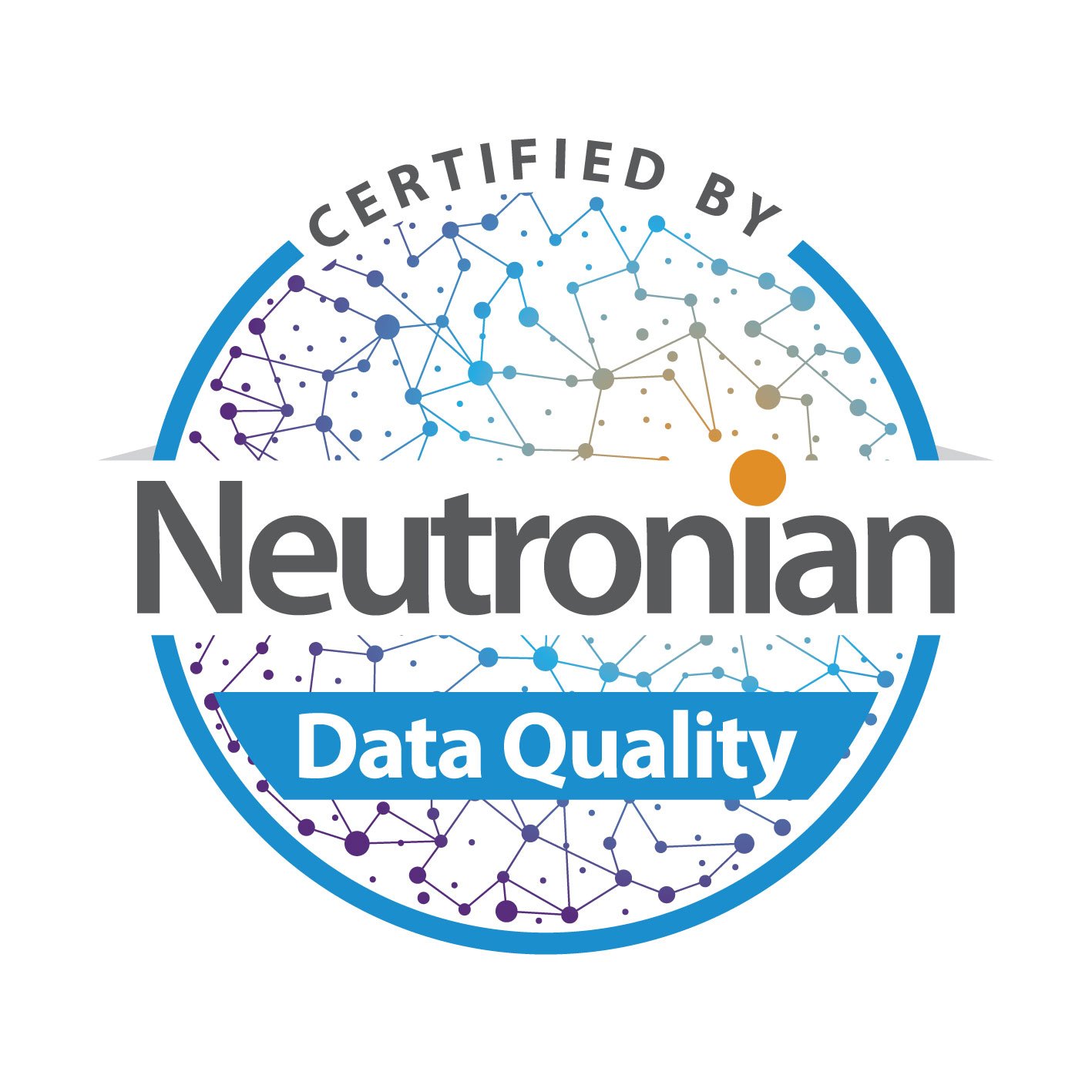Data is the fuel that keeps many marketing machines running, so it’s no surprise that a TV manufacturer like Vizio has found success by acting as a data company. Vizio has the unique ability to report back on what its customers are watching, and that data is critical in a marketing ecosystem that is exploding with consumer touchpoints and media options.
It also explains why a major retailer like Walmart – the owner of a powerful retail media network (RMN) – would be interested in acquiring the company. Vizio instantly gives Walmart a wealth of insights, technology, and inventory in the CTV space.
While there’s certainly appeal to a Walmart-and-Vizio union that brings together retail media and CTV, it creates a substantial walled garden situation that advertisers will face. Whether or not that matters comes down to how advertisers proceed.
The Big Picture
Vizio is a clear example of how tech manufacturers and other direct-to-consumer products can generate a wealth of data about their customers. These companies can then open up new revenue streams, with the opportunity to make significantly more money from selling data than they do by selling their core products, which underscores why this acquisition is strategically important for Walmart. Vizio is one of the few data companies that can report on everything that hits the TV screen. The fact that it actually manufactures the sets themselves is an added bonus for a retailer like Walmart.
Like the other major retailers and RMNs, Walmart is looking for incremental, higher-margin ways to drive revenue with existing assets. Adding Vizio to the arsenal makes Walmart more of a “complete shop” for advertisers, and it’s a clear play to round out their advertising offering by adding in a potential route for exclusivity and/or preferred rates on this inventory for ad buyers. The acquisition sets the stage for them to compete more broadly with Amazon’s network, namely their offering via Prime Video. Prime Video has been a similarly large area of investment for Amazon. Vizio’s data asset now becomes Walmart’s data asset, providing more insight into Walmart shoppers.
But it doesn’t stop there. Putting all of this under one roof allows Walmart to create a closed-loop measurement solution, matching Vizio viewers to Walmart purchases through first-party data. It begs the question, will this become their new flywheel sales model by offering Vizio TVs at discounted rates to see the returns through their RMN business? As a result, Walmart can potentially earn more revenue from retail media ad sales than store sales – but that’s still a very wide gap to close.
There is also the potential that Walmart begins adding ACR technology to ONN, the TV set brand that is already exclusively sold at Walmart. Integrating Vizio ACR technology in ONN TVs would instantly give Walmart access to even more viewership data.
Conversely, this merge of online and in-store offline rooted in TV will help advertisers further embrace data-fueled television advertising. Drivers of new forms of TV audience data, matching, and measurement bought together by an acquisition of this magnitude will only put TV in a more advantageous place. Existing advertisers on Walmart’s video network will now have an easier way to add CTV into their channel mix, allowing Vizio to capture more spend that is net new to the medium.
Walls Grow Taller
The addition of Vizio data and inventory undoubtedly gives Walmart a more powerful RMN that will draw in advertisers eager to try the new offering. Certain brands might aim to reach consumers who both shop at Walmart and own Vizio TVs. However, the data is now restricted in such a way that nearly every consumer profile automatically includes these two criteria – creating its own walled garden.
Walmart doesn’t have the intelligence on how consumers are behaving outside of their walls. Therefore, any non-endemic advertisers will rely on additional third-party data resources to find the “best” consumers within Walmart’s network. Any additive data advantage they can bring into a closed network will help them compete against all the other advertisers leveraging the same data within the retail media network.
After all, a consumer is much more than where they shop for groceries or home goods. With advertisers clamoring for more of a 360-degree view of consumers – especially amid cookie deprecation – any additional insights into topics like non-profit behavior, auto ownership, homeownership/new movers, voting data, or TV viewership across manufacturers will lead to better performing campaigns.
Whether or not this is good for advertisers ultimately depends on the level of effort that they are willing to put in. Do advertisers double down into a network like Walmart’s? Or do they invest in solutions that are interoperable across networks to futureproof their acquisition strategy? Retail media is an appealing avenue for reaching consumers who are showing engagement. As retail media follows the trend of other digital advertising platforms and erects walled gardens, brands and agencies have to carefully monitor and evaluate to make sure that their advertiser performs well within those ecosystems.
The CPG brands who are already utilizing additional data resources within RMNs stand to benefit, as the addition of TV data and inventory from Walmart only makes retail media a more attractive option. The major test will be in how non-endemic advertisers respond to the challenge, as more and more of the success of retail media networks will be contingent on how efficient they are at capturing new ad dollars as the market matures.
Learn more on how Alliant is powering the future of TV advertising.

















Submit a Comment